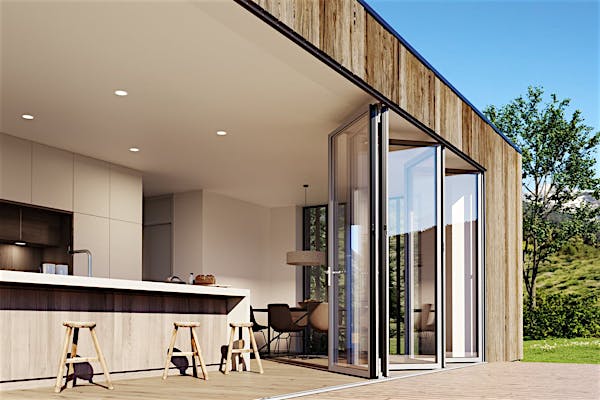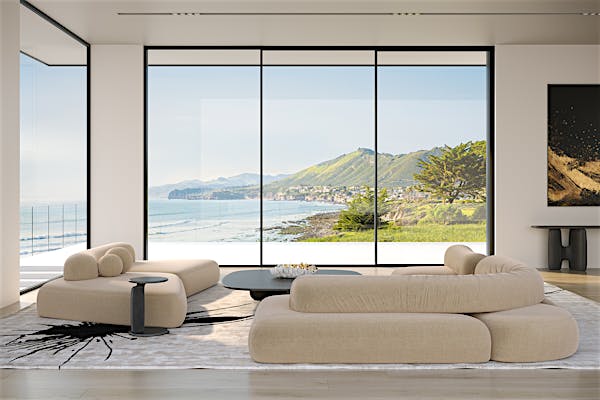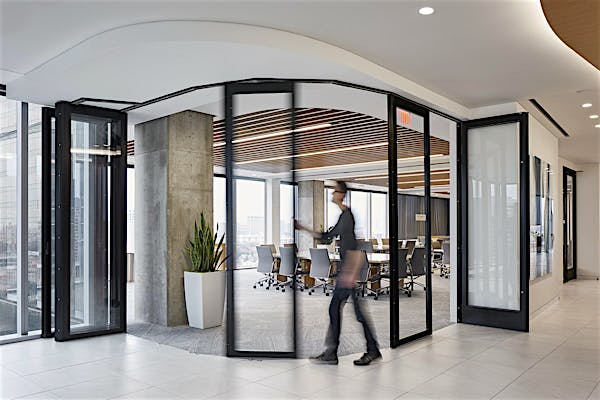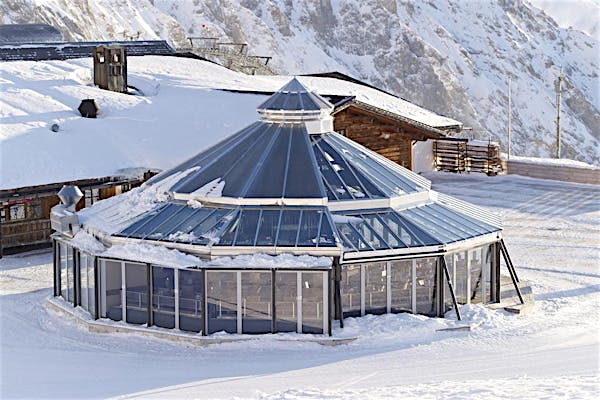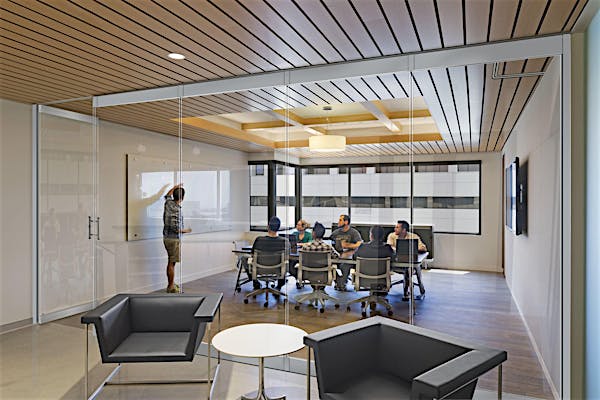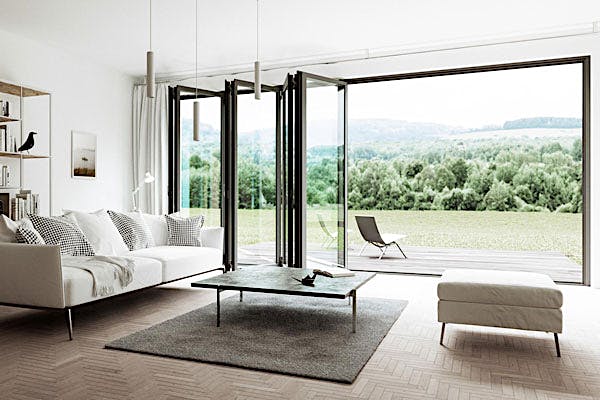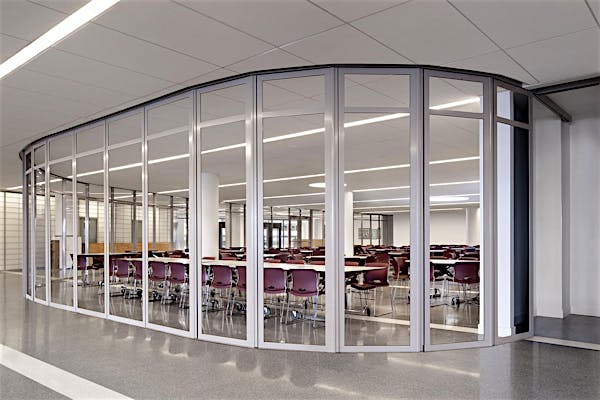You’ll often hear us throw around the word LEED. This project is LEED certified; using a NanaWall system earns you LEED points, etc. The term is heard more and more frequently as conservation and sustainability become important topics in the design industry. But what does LEED mean? LEED is a set of established standards for the design and construction of high-performance green buildings. LEED provides a national guideline for governments, builders, architects, designers and homeowners to build sustainable and healthy buildings. Not only are LEED certified buildings more environmentally-friendly and safer to live and work in, they cost less to operate over the life cycle. There is a lot of evidence to show that using LEED guidelines to build green provides environmental benefits without higher costs. Rather than proving costly to build and maintain, LEED buildings actually cost less to operate in the long run than traditional buildings. A recent study by USGBC evaluated 22 green government buildings and found they used 25% less energy, cost 19% less to maintain, and consumed 11% less water. High-performance systems reduced energy output and minimized water usage for 8-9% lower operating costs in the first year. Reducing energy consumption is no longer just a “good idea,” it’s almost a business necessity for profitability. Companies can save millions of dollars over the years just through lower energy and water bills. Not to mention, LEED buildings are attractive because they often qualify for tax rebates and zoning allowances in cities nationwide, and have higher lease-up rates than conventional buildings. If lowering costs is not reason enough to build green, LEED buildings are undeniably better for the environment. The use of natural resources minimizes the environmental impact of building a facility, with less waste going to landfills and less greenhouse gas output. The resulting smaller carbon footprint is a large commitment to a more sustainable future. New construction LEED buildings are an effective way to decrease society’s carbon-dioxide output. LEED certification doesn’t just make homes, commercial buildings, and schools more efficient and healthy, but it makes them more profitable and enduring. It’s not necessary to spend more in order to build sustainably; it actually costs less in the long run. And as it turns out, it’s relatively easy to find a LEED certified professional, most engineering and architectural students are required take a LEED course at some point in their education to learn the benefits of sustainable building practices. So why not design your next project using LEED standards as a guideline - installing a NanaWall system can earn you some of those LEED points!
Sustainability: Why LEED Buildings Actually Cost Less in the Long Run
By NanaWall Systems,
